The Mushroom Collector by Jason Fulford
When this book arrived, I saw the cover and was afraid to look inside. I flipped through the first few pages and then put it down. I didn’t look at it again for days. It was everything I’d been waiting for and almost too much to handle. Now, after living with it for weeks, I can finally set aside my insane jealousy and proclaim this not only my top book of the year, but one of my all-time favorites.

La Carte d’apres Nature edited by Thomas Demand
It is rare that an exhibition catalog becomes a work of art in and of itself (see You and Me and the Art of Give and Take by Allen Ruppersberg on my 2009 list). Based on René Magritte’s short-lived magazine of the same name, La Carte d’apres Nature is a dreamy, free-associative ramble through Monaco, Surrealism, Botanical Gardens, Luigi Ghirri’s eye and Thomas Demand’s brain. With a catalog this good, who needs the exhibition?

Family by Chris Verene
One of the masters of combining text and image, Verene’s book feels like an invitation to Galesburg, Illinois for a family slideshow. Funny, tragic and tender.

Story / No Story by Tobias Zielony
A floating, nocturnal tour around the globe of teenagers waiting for something to happen. Story / No Story perfectly captures the romantic ennui of the end of youth.
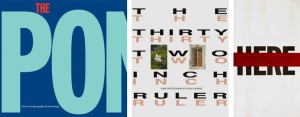
3 or 4 books by John Gossage: The Pond, The Thirty-Two Inch Ruler / Map Of Babylon, HERE
What a treat to follow Gossage’s labyrinthine eye from his 25-year-old masterpiece to his utterly vital current publications. I can’t choose just one.
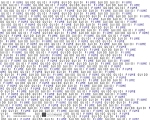
Fiume by Guido Guidi
If I were to make a list of my top 10 magazines of the year, #1 would be Fantom, the excellent new Italian photo magazine (or at least it would be tied for #1 with Foam, but I digress). Fatom is also in the book business. Their second offering (after an excellent Takashi Homma book) is a modest little softcover about a modest little river near Guidi’s hometown. Like John Gossage, Guidi is a photographer’s photographer who looks at the world with tremendous subtlety. Now if only someone would make a Guidi book with wide US distribution.

Yutaka Takanashi, Photography 1965-74 & Books on Books #6 Yutaka Takanashi: Toshi-e
A double-punch knockout of Yutaka Takanashi for photobook connoisseurs. These two books are the perfect combination of craftsmanship and scholarship.

The Sound of Two Songs by Mark Power
Just when I’m in the deepest depths of large-format, color-photo fatigue, along comes Mark Power to save the day. Power’s pictures are so good that they almost make me want to haul the 8×10 out of storage.
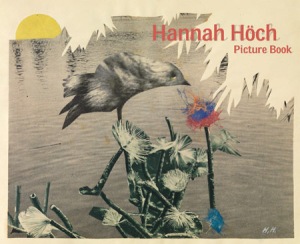
Picture Book by Hannah Höch
During 2010 most of my book collecting budget went toward photographically illustrated children’s books. Since most of these books are over fifty years old, they tend to be pricey. So I was enormously happy to find this inexpensive facsimile of Höch’s fantastic children’s book.
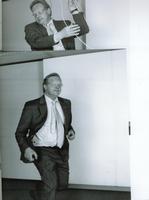
Playing Borders by Anouk Kruithof
A mixture of photos, pamplets, poscards and posters, Playing Borders is always on the verge of falling apart – as is its subject: an almost empty, generic office space in which office workers create performances and temporary sculptures. Unfortunately I recently learned that Playing Borders came out in 2009 (it took awhile for it to find its way to Minnesota). But if you want a good photobook by a young Dutch artist dealing with generic office spaces from 2010, I can also recommend How Terry Likes his Coffee by Florian van Roekel (see my list of self-published books below).

Ten self-published photo books
It is important to highlight the incredibly vibrant world of self-publishing in 2010. What I love about much of this work is that it is less about the aspiration for profundity than it is about raw energy. To use the music analogy, these books are more like live shows than albums. As such, much of this work rejects the world of traditional commerce, book awards and top 10 lists. Nonetheless, here are ten that caught my eye this year:
Procrastinations by Jack Webb
720 (Two Times Around) by Andrew Phelps
Sketches by Viviane Sassen
Repose by Charlotte Dumas
Desperate Cars by Sébastien Girard
Grown Down by Lindsey Castillo & Tuomas Korpijaakko
As It Is? In Four Chapters by Harvey Benge
Since July by Eric Ruby
How Terry likes his Coffee by Florian van Roekel
Getting to know my husband’s cock by Ellen Jong
But like all of this list-making business, it just comes down to personal taste. I encourage people to visit some of the resources out there for finding those thrilling little gems that speak to their own experience:
http://selfpublishbehappy.com
http://www.publishityourself.org
http://theindependentphotobook.blogspot.com
http://www.indiephotobooklibrary.org/
Happy Hunting,
![]()
PS. Only a couple of year end lists have been published so far (5b4 & Sean O’Hagan/Guardian) – I’d love to hear your favorites.
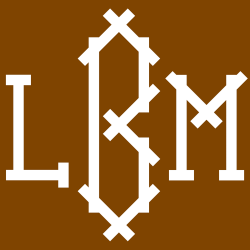


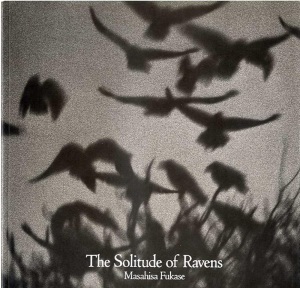
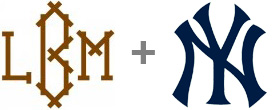





![No fun [by Jim Goldberg]](http://farm4.static.flickr.com/3546/3843311166_b21716a73f.jpg)



